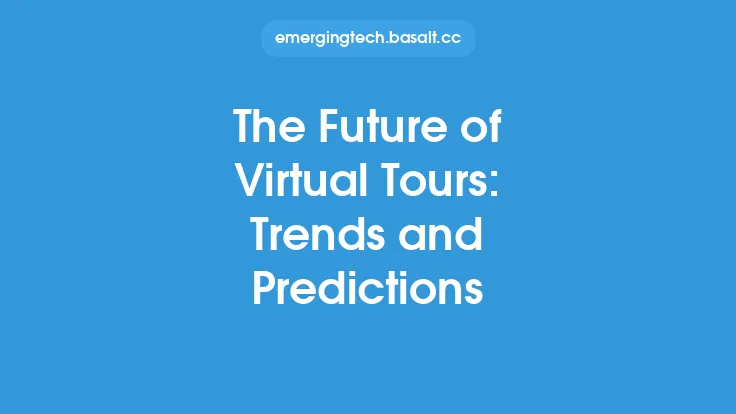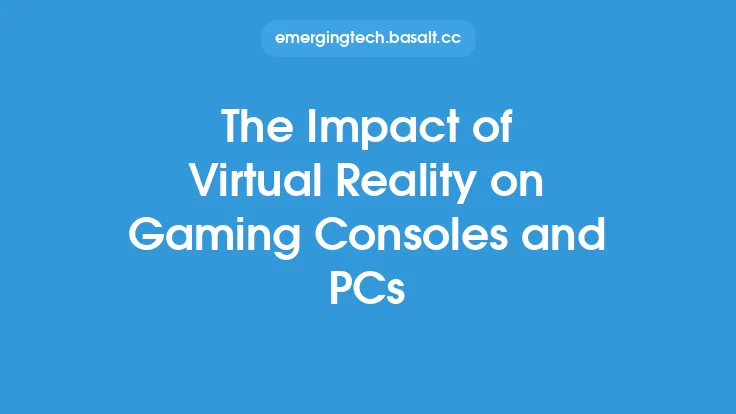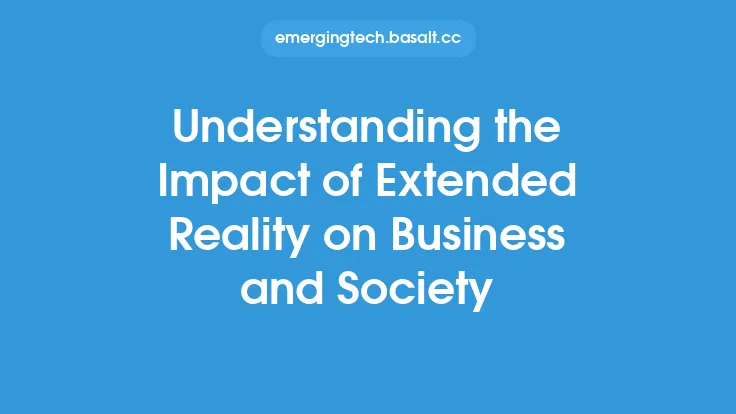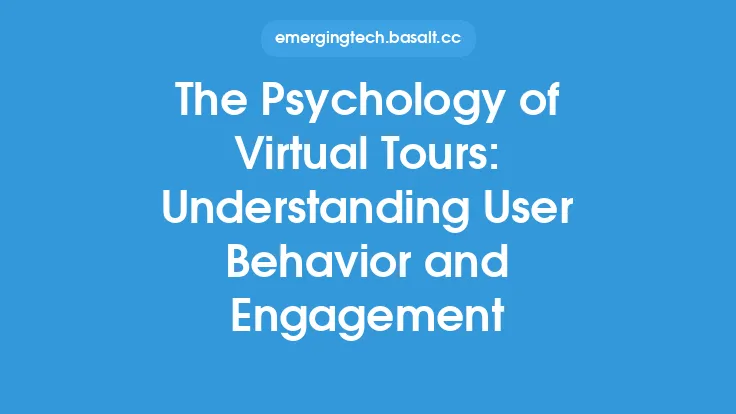The real estate and property marketing industries have undergone significant transformations in recent years, driven in part by the advent of virtual tours. This technology has revolutionized the way properties are marketed, allowing potential buyers to explore and interact with properties remotely. Virtual tours have become an essential tool for real estate agents, property developers, and homeowners, providing a unique and immersive way to showcase properties and attract potential buyers.
Introduction to Virtual Tours in Real Estate
Virtual tours in real estate refer to the use of digital technology to create a simulated experience of a physical property. This can include 360-degree photos, videos, and 3D models, which are stitched together to create a seamless and interactive experience. Virtual tours can be accessed online, allowing potential buyers to explore properties from anywhere in the world, at any time. This technology has been made possible by advances in computer hardware, software, and internet connectivity, which have enabled the creation and dissemination of high-quality digital content.
Benefits of Virtual Tours for Real Estate Agents and Property Developers
Virtual tours offer a range of benefits for real estate agents and property developers. One of the most significant advantages is the ability to reach a wider audience. Virtual tours can be shared on social media, websites, and online property portals, allowing potential buyers to discover properties that they may not have otherwise known about. Virtual tours also provide a unique opportunity for real estate agents and property developers to showcase properties in a more engaging and interactive way, which can help to differentiate them from competitors. Additionally, virtual tours can help to reduce the number of physical viewings, which can save time and resources for both the agent and the buyer.
Technical Aspects of Virtual Tours
The creation of virtual tours involves a range of technical processes, including photography, videography, and 3D modeling. The most common method of creating virtual tours is through the use of 360-degree cameras, which capture a complete sphere of imagery. This imagery is then stitched together using specialized software to create a seamless and interactive experience. The resulting virtual tour can be viewed on a range of devices, including desktop computers, laptops, tablets, and smartphones. Some virtual tours also incorporate additional features, such as virtual reality (VR) and augmented reality (AR) capabilities, which provide an even more immersive experience.
Best Practices for Creating Effective Virtual Tours
To create effective virtual tours, there are several best practices that should be followed. First, it is essential to use high-quality equipment, including 360-degree cameras and specialized software. The virtual tour should also be optimized for viewing on a range of devices, including desktop computers, laptops, tablets, and smartphones. Additionally, the virtual tour should be easy to navigate, with clear instructions and intuitive controls. It is also important to ensure that the virtual tour is accurate and up-to-date, reflecting the current condition and layout of the property.
Measuring the Success of Virtual Tours
The success of virtual tours can be measured in a range of ways, including the number of views, engagement metrics, and conversion rates. One of the most effective ways to measure the success of virtual tours is through the use of analytics software, which can provide detailed insights into how users are interacting with the virtual tour. This can include metrics such as the number of views, time spent on the virtual tour, and click-through rates. Additionally, real estate agents and property developers can track the number of leads generated from virtual tours, as well as the conversion rate of these leads into physical viewings and sales.
Future Developments in Virtual Tours
The future of virtual tours in real estate is likely to be shaped by advances in technology, including the development of more sophisticated VR and AR capabilities. One of the most significant trends in this area is the use of artificial intelligence (AI) to create personalized virtual tours, which are tailored to the individual needs and preferences of potential buyers. Additionally, the use of blockchain technology is likely to become more prevalent, providing a secure and transparent way to conduct virtual property viewings and transactions. As virtual tours continue to evolve, it is likely that they will become an even more essential tool for real estate agents, property developers, and homeowners, providing a unique and immersive way to showcase properties and attract potential buyers.
Integration with Other Technologies
Virtual tours are also being integrated with other technologies, such as drones, 3D scanning, and virtual staging. The use of drones, for example, allows for the creation of aerial virtual tours, which can provide a unique perspective on properties and their surroundings. 3D scanning technology, on the other hand, enables the creation of highly accurate 3D models of properties, which can be used to create virtual tours and other interactive experiences. Virtual staging technology, which allows for the virtual furnishing and decoration of properties, is also being used in conjunction with virtual tours, providing potential buyers with a more realistic and engaging experience.
Conclusion
In conclusion, virtual tours have revolutionized the real estate and property marketing industries, providing a unique and immersive way to showcase properties and attract potential buyers. The benefits of virtual tours are numerous, including the ability to reach a wider audience, reduce the number of physical viewings, and provide a more engaging and interactive experience. As technology continues to evolve, it is likely that virtual tours will become an even more essential tool for real estate agents, property developers, and homeowners, providing a unique and immersive way to showcase properties and attract potential buyers.





